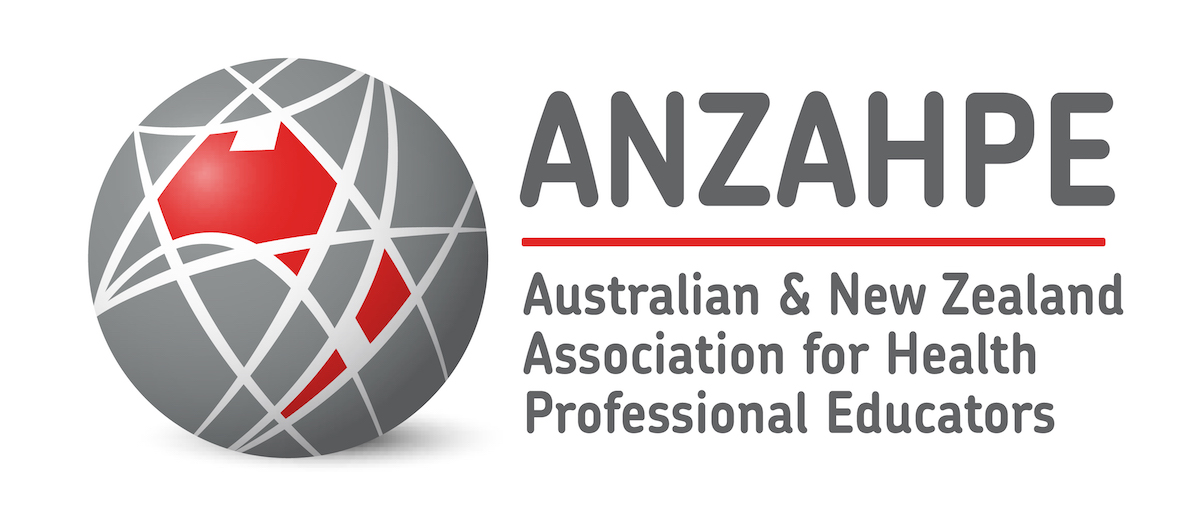Open Access and Scholarly Work 101
It's 2020 and already April! How many of us got all the writing done that we planned on over the holidays? The summer break often offers some extra time to devote to getting some papers submitted and published. On this note, most of us will have heard of ‘Open Access’ publishing by now. Although it has been around for over 15 years, it seems like a relatively recent trend. Formal definitions and regulatory documents to guide its growth originated in Europe, and it now has worldwide acceptance as an approach to publication. So what is Open Access and what does it mean for academics publishing their scholarly work?
Here is a stock definition: Open Access makes peer reviewed manuscripts freely available via the Internet, permitting any user to read, download, copy, distribute, print, search, or link to the full text of these articles, or use them for any lawful purpose, without financial, legal or technical barriers. The only constraint on reproduction and distribution is to give authors control over the integrity of their work and the right to be properly acknowledged and cited.
Historically, journals sat behind some sort of paywall; a personal or institutional subscription being required. Open Access makes articles available to all for free. But, the costs of publication don’t disappear, even with online journals. Instead, the costs are often moved from the reader to the researcher; with authors paying a fee to publish. The academic world is slowly catching up, recognising that access costs are being lifted, but that authors need to be supported to publish. One downside of Open Access is that those researchers who are less well-resourced may struggle to publish.
So how does this positively affect the average hard working Academic, who wants their article seen and cited? Research data shows that papers published in Open Access journals have a clear citation advantage over closed access articles.
Therefore, the consensus is that Open Access is a good thing for scientific publishing. In fact, from 2021, scientific publications that result from research funded by public grants must be published in Open Access journals. This is already happening in most countries including Australia and New Zealand.
If you would like to know more about Open Access have a look at the Australasian Open Access Strategy Group website. https://aoasg.org.au/
FoHPE is looking at Open Access options, with the primary aims of encouraging positive citation rates and limiting the financial impact on authors.
NEW FoHPE FORMAT
Issue 20.3 of FoHPE features the inaugural article in a new format, focus on methodology. Overseen by Professor Liz Molloy, this format will explore introductory and more advanced research methodologies and theoretical frameworks. Initial articles will be by invitation only and in future will be open to general submissions. In the first article, Associate Professor Margaret Bearman describes how to write semi-structured interview schedules to elicit rich data.
